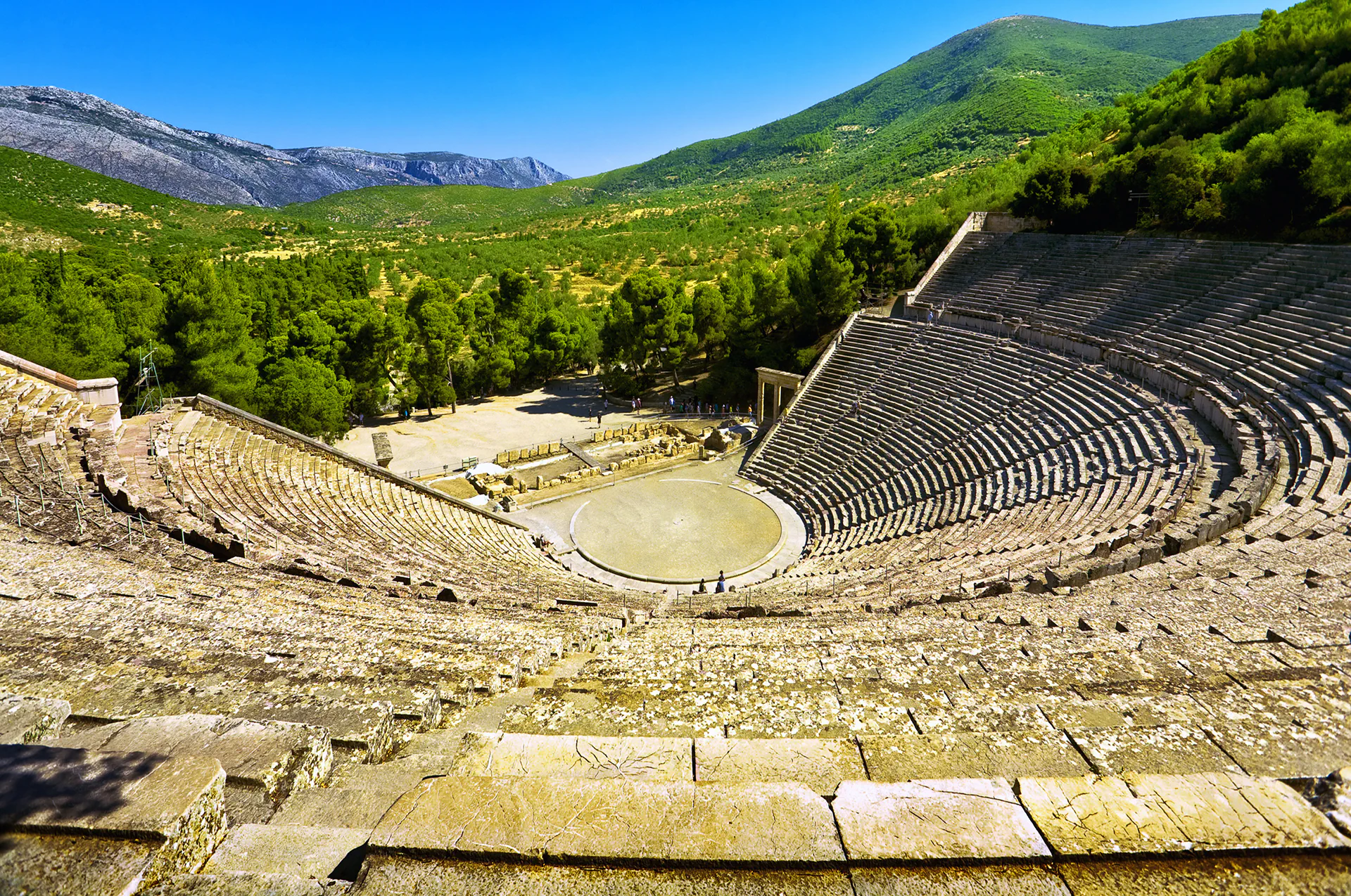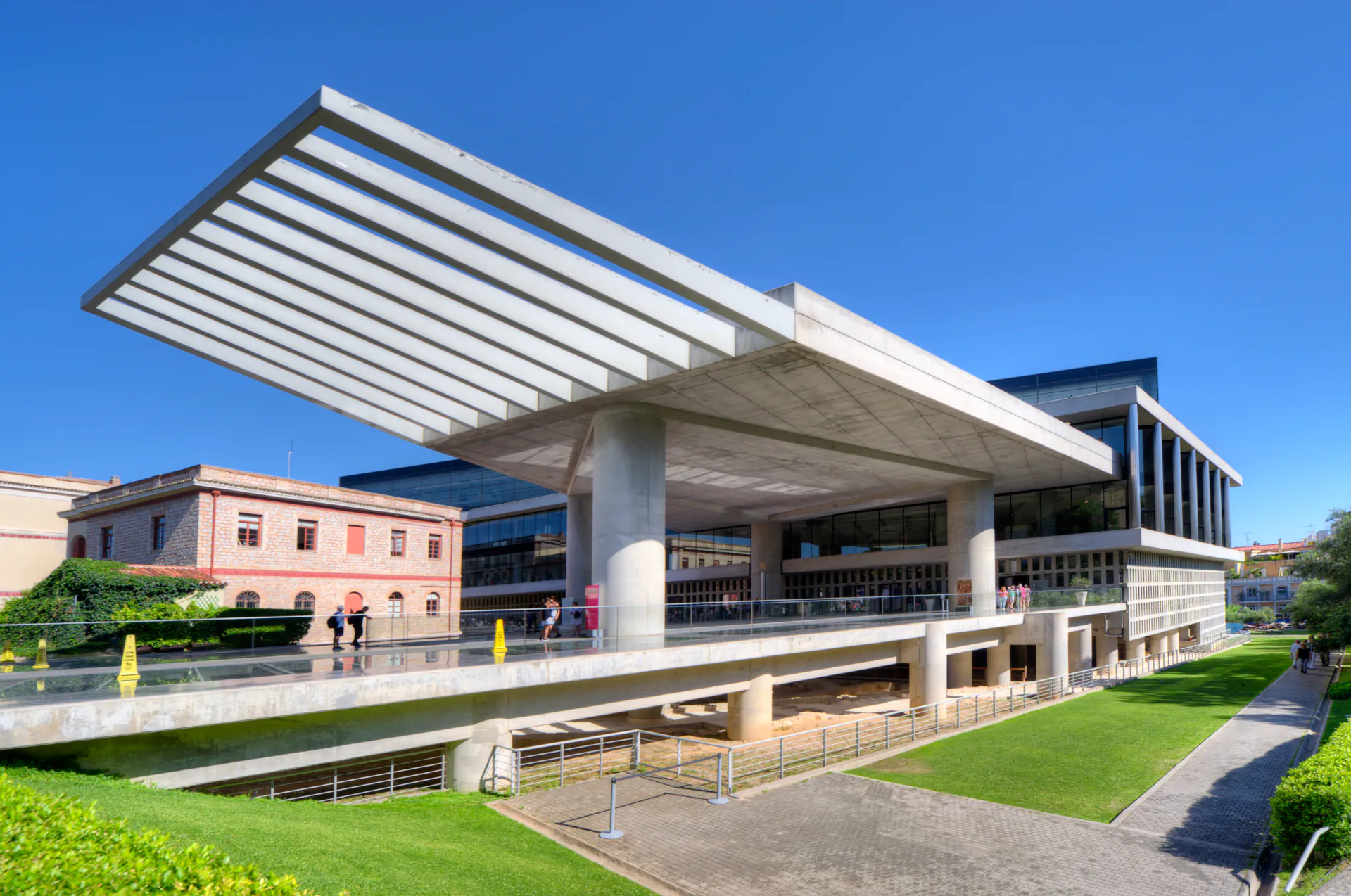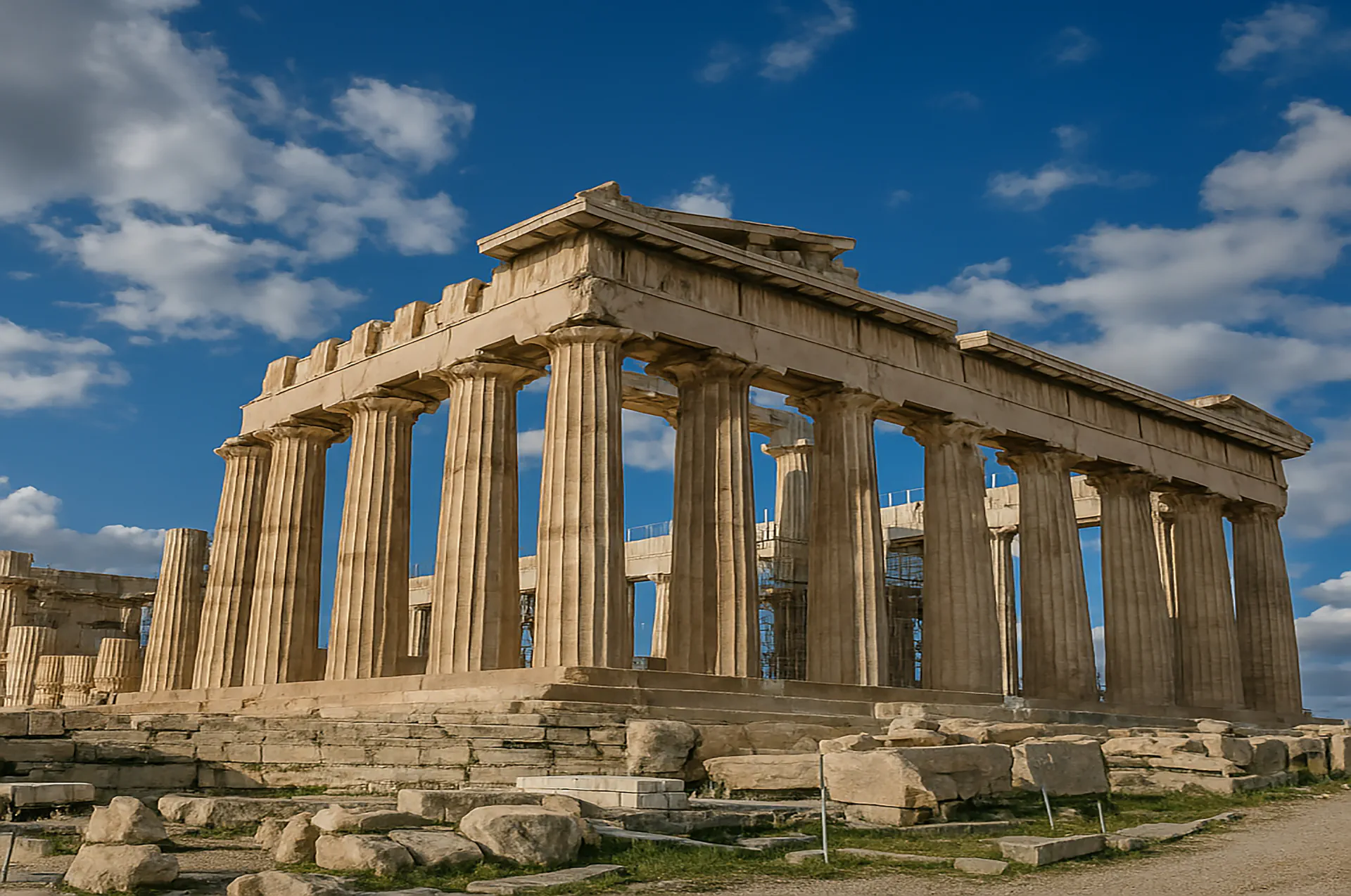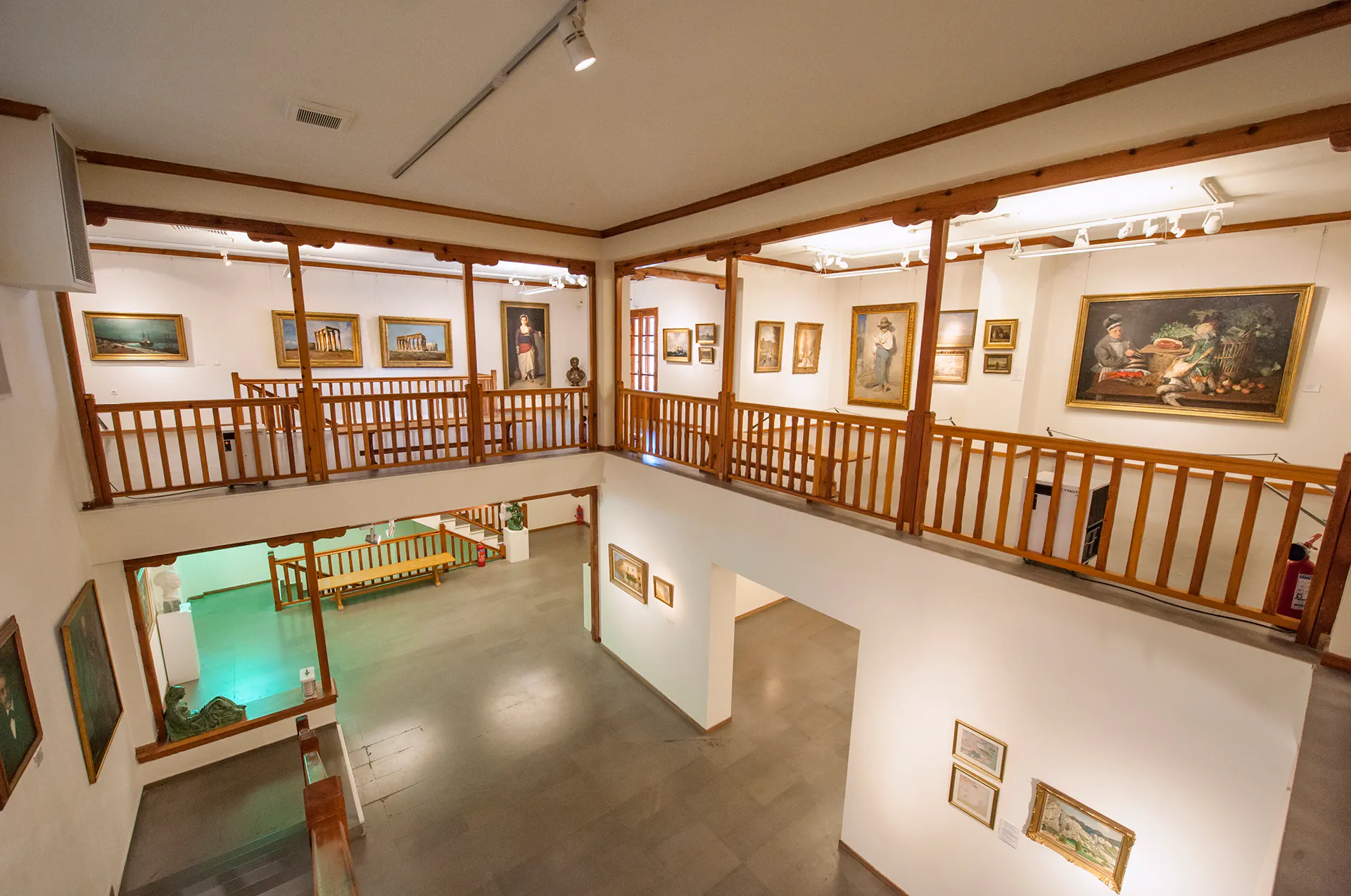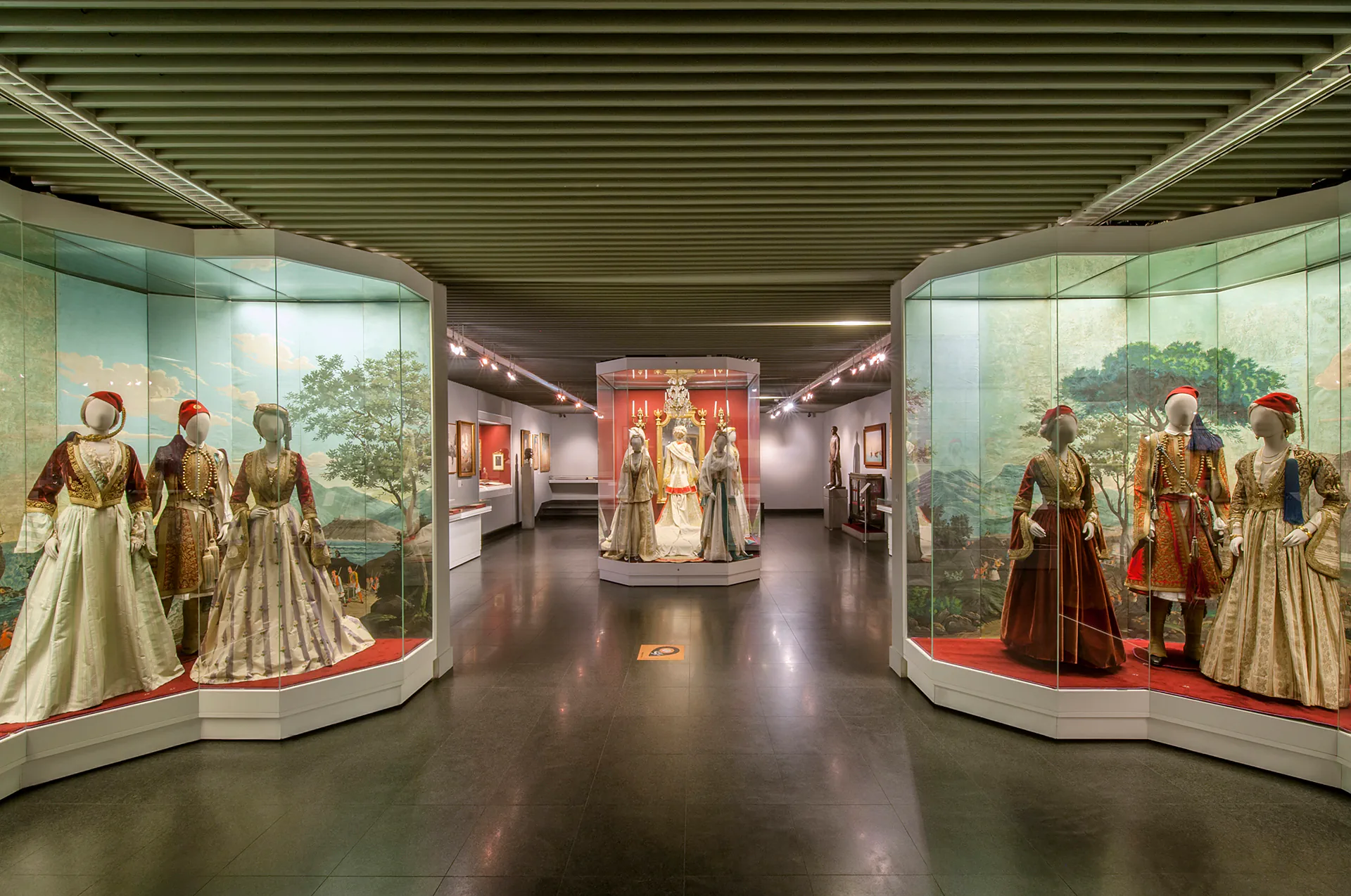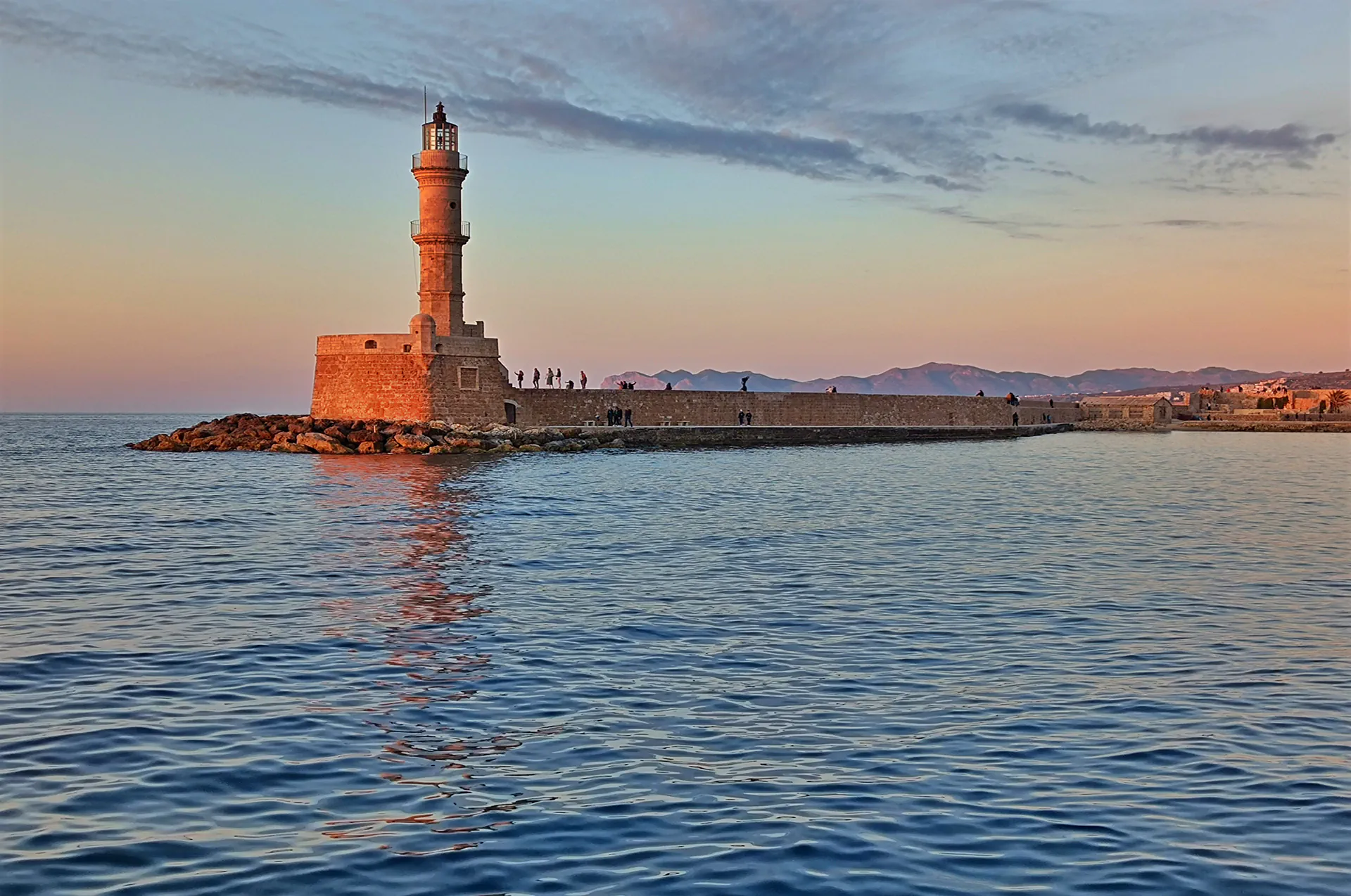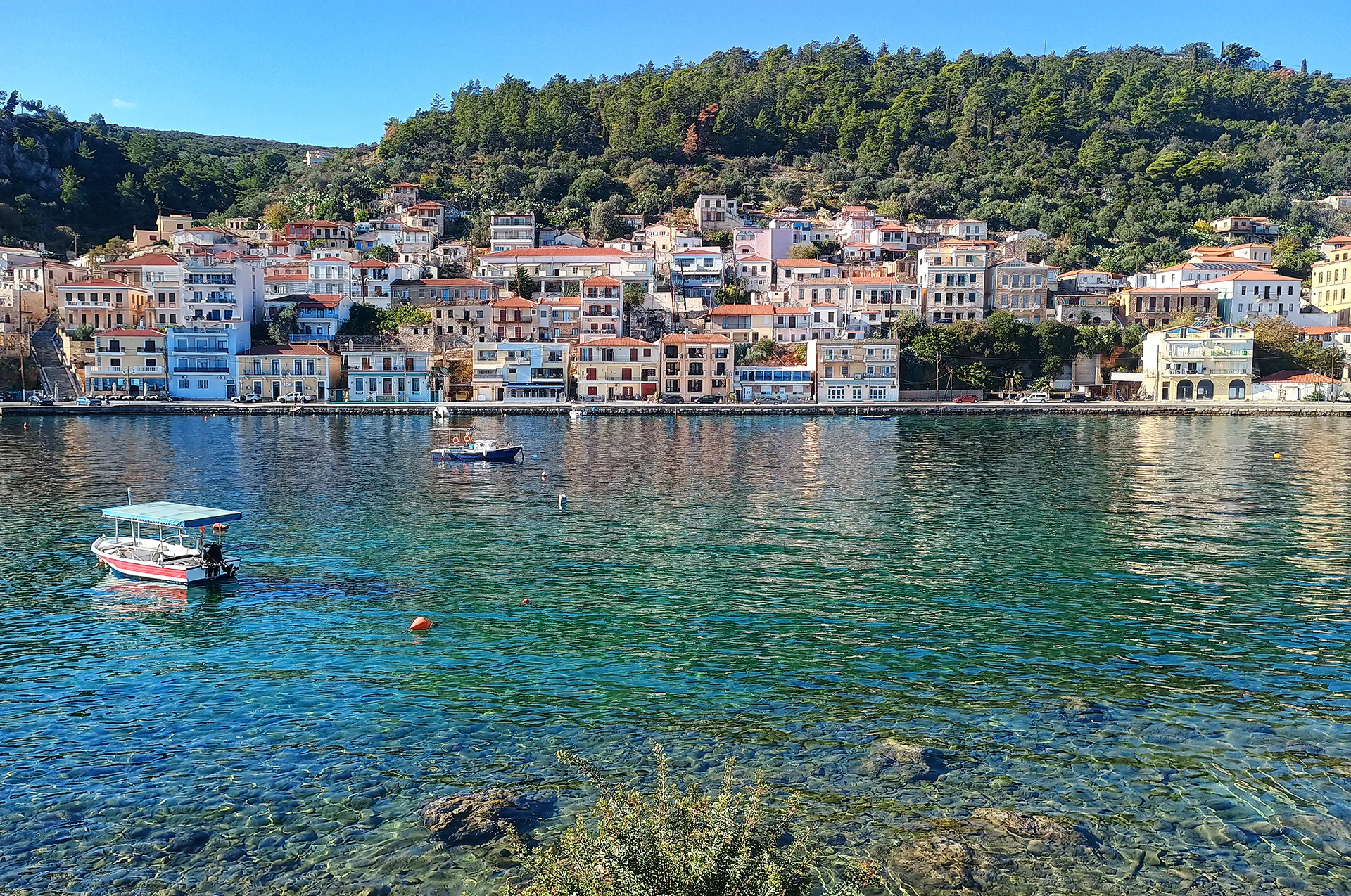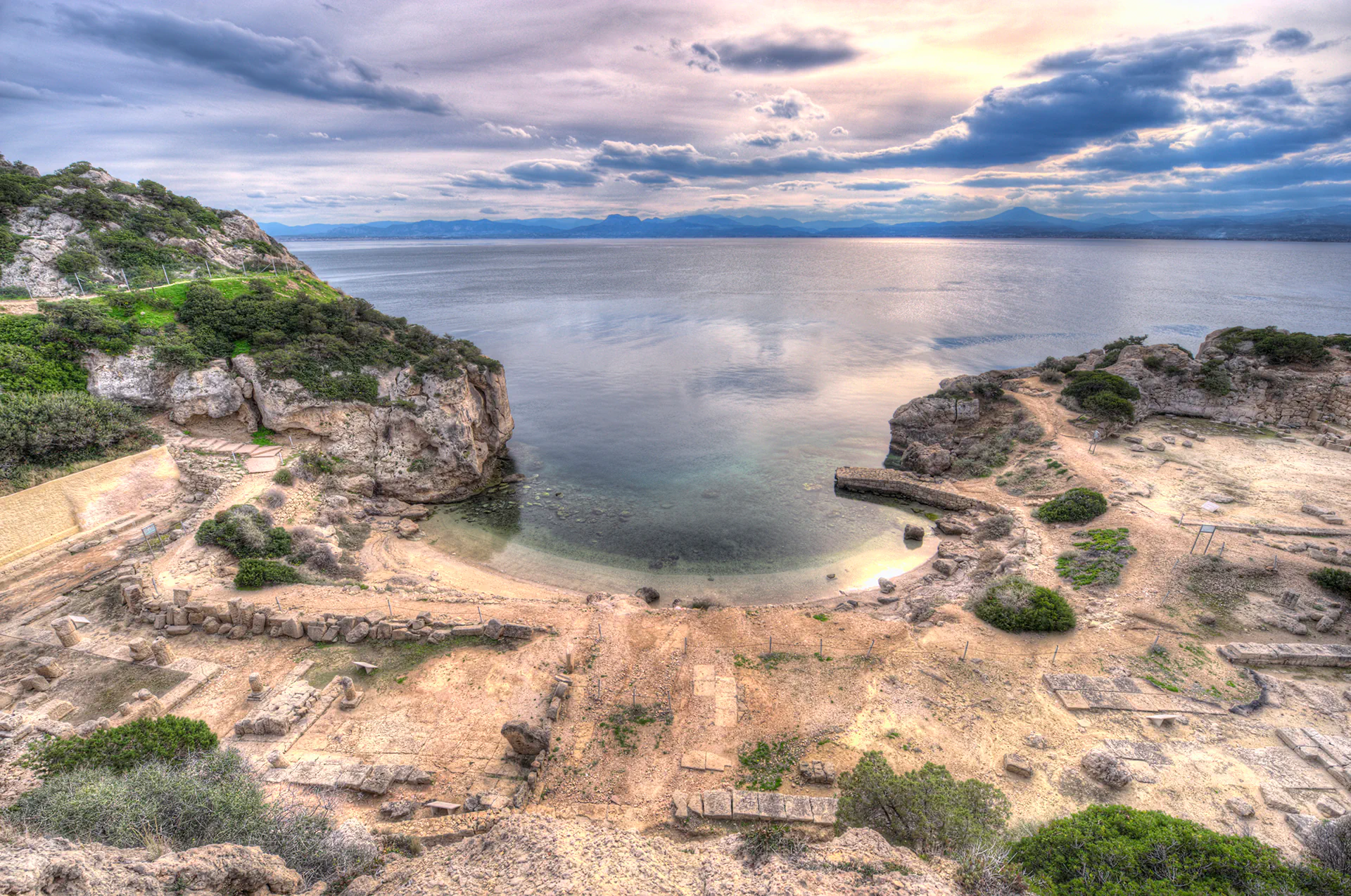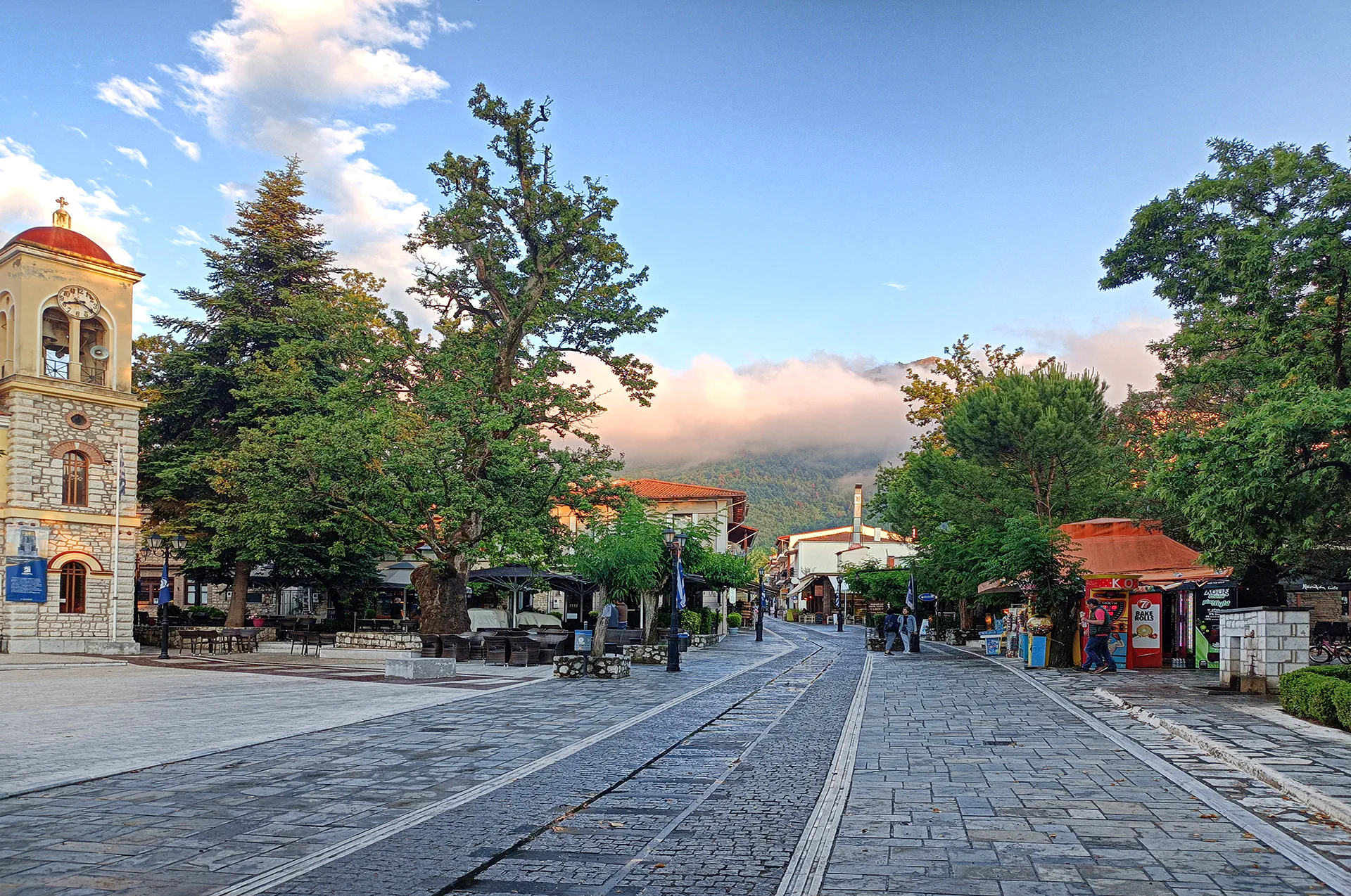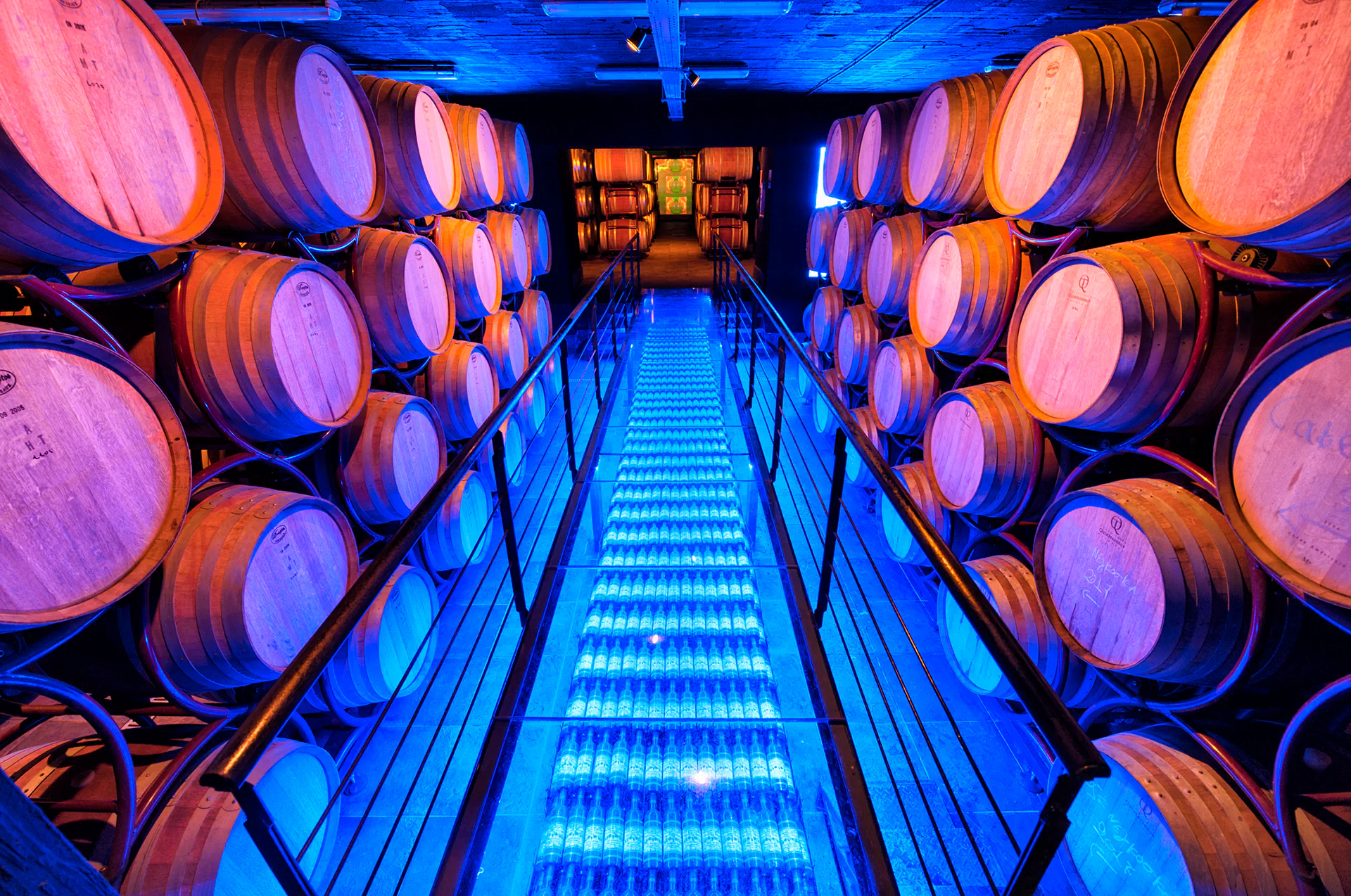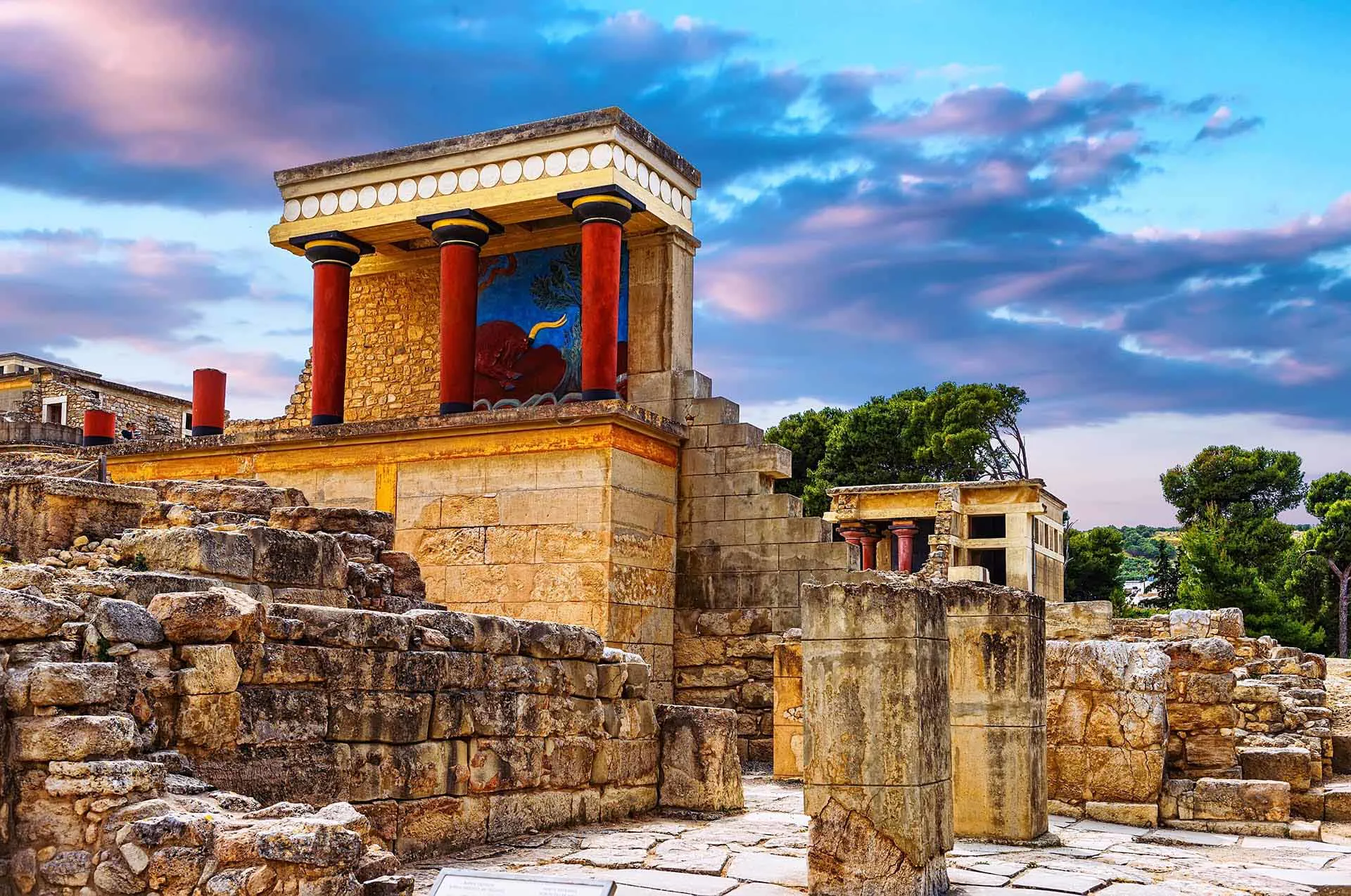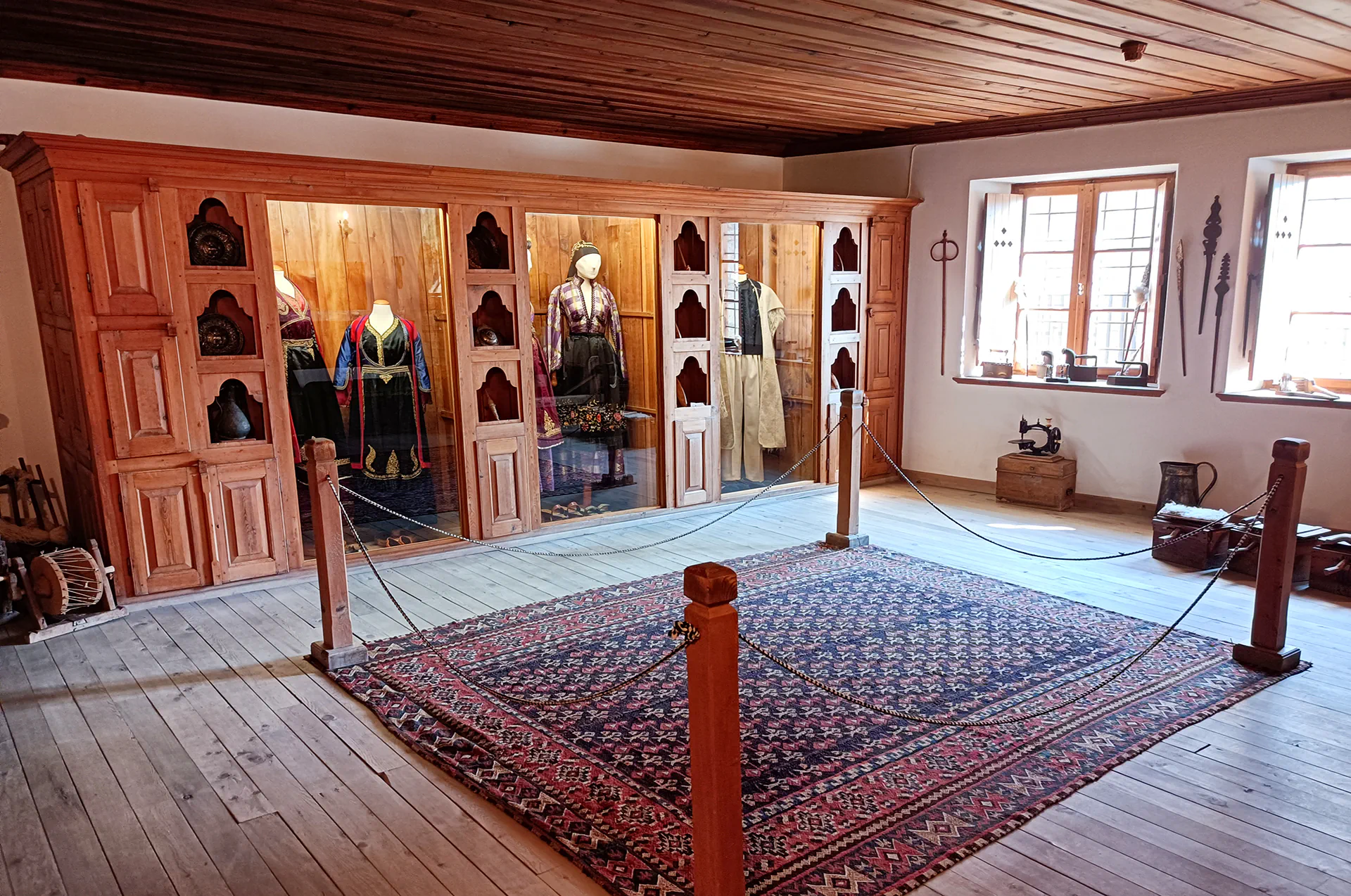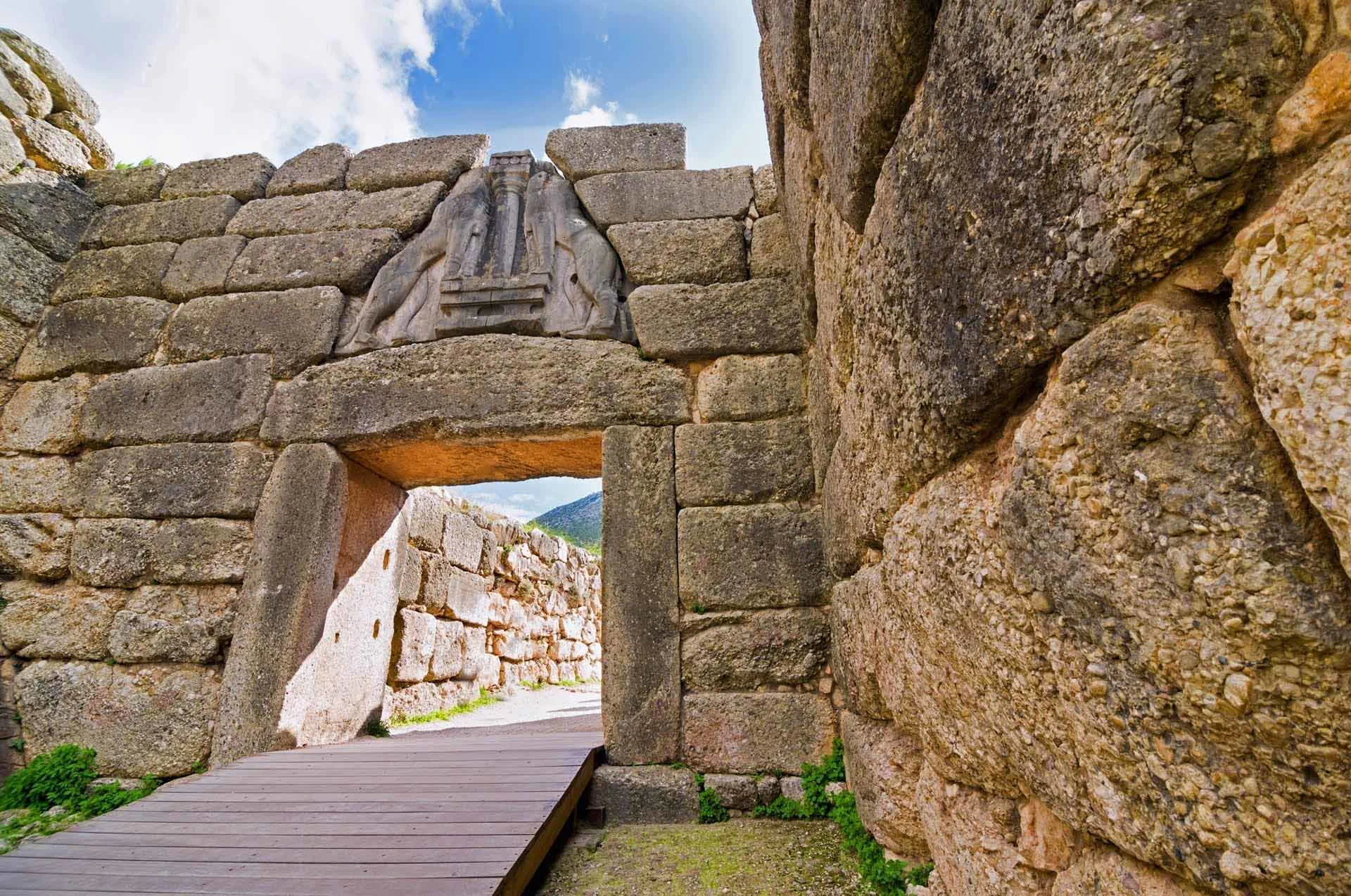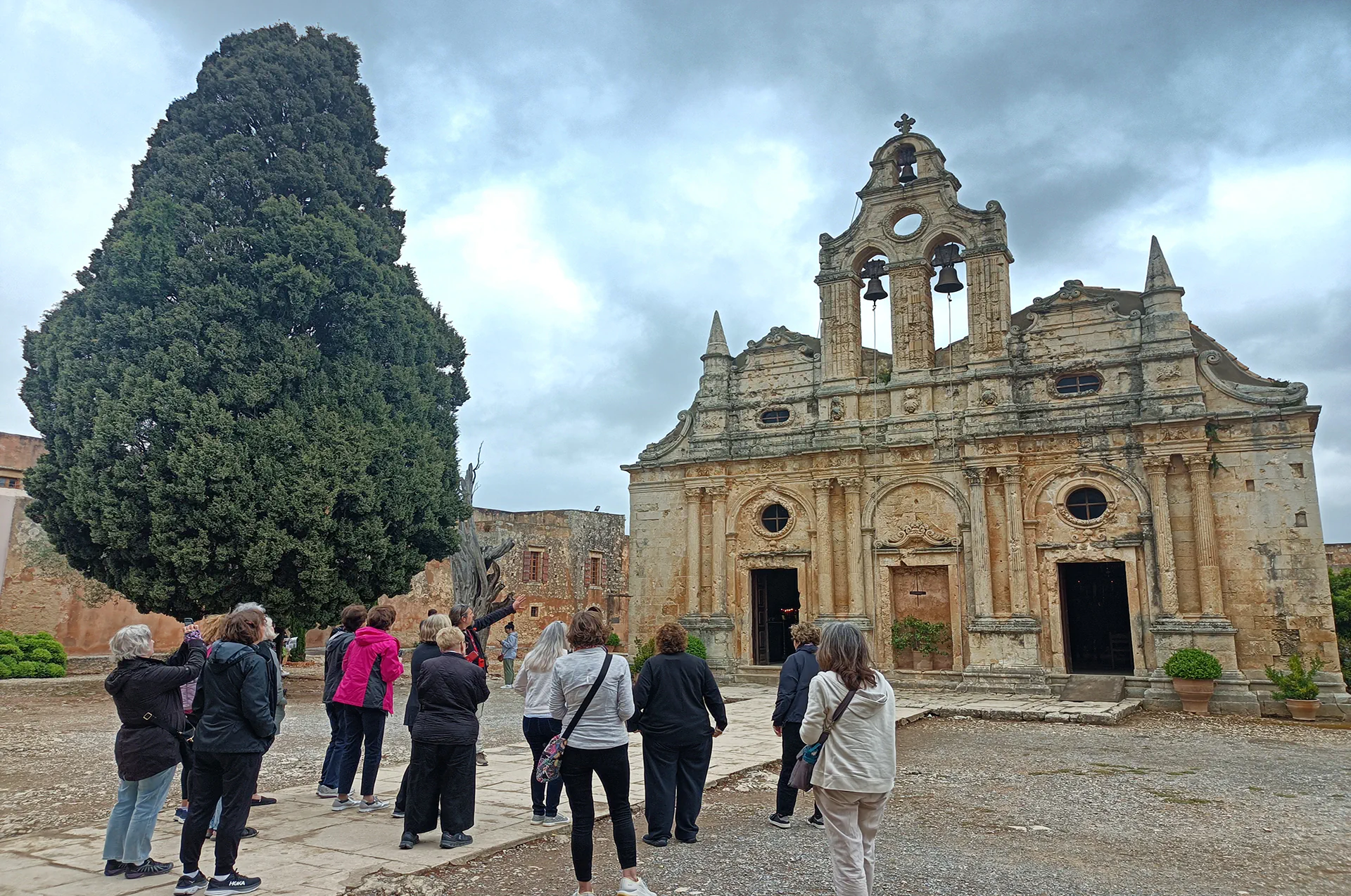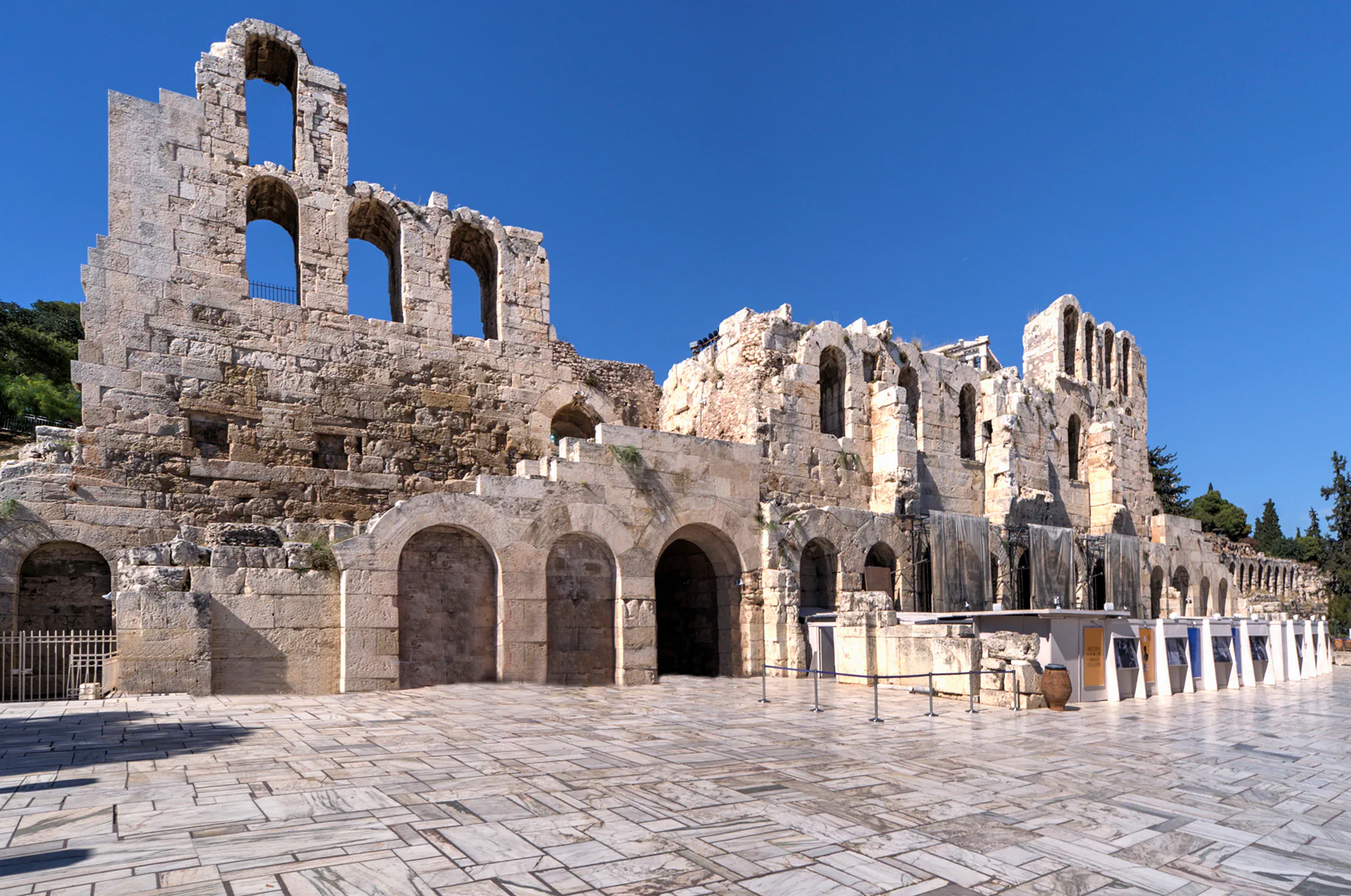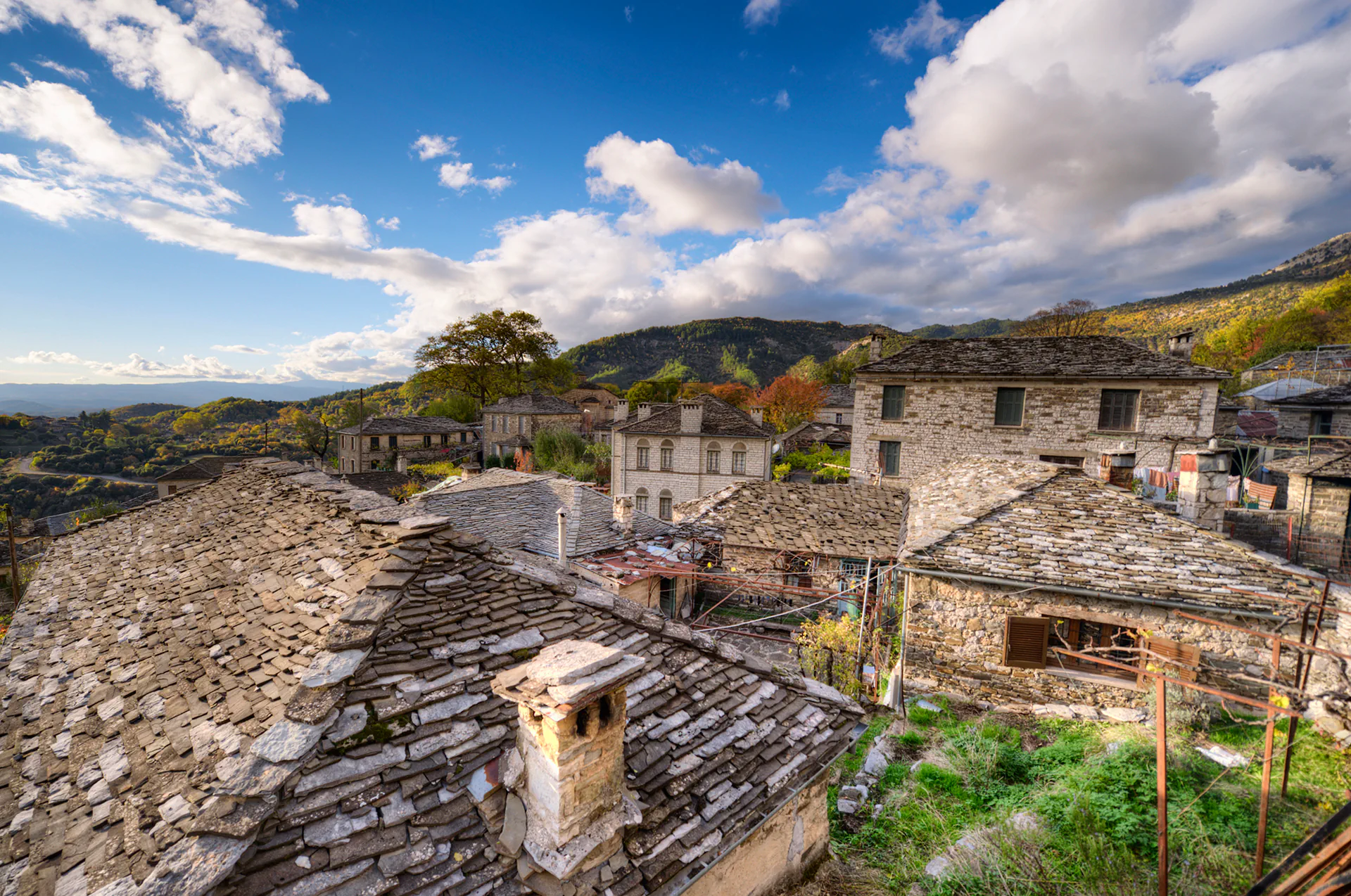Ancient Epidaurus: Exploring the Sanctuary of Asclepius and the Timeless Legacy of Its World-Famous Theater
Located in the northeastern part of the Peloponnese, Ancient Epidaurus is a UNESCO World Heritage Site famous for its legendary theater and the sanctuary of Asclepius, the Greek god of healing. The site of Ancient Epidaurus is an essential destination for travelers passionate about ancient history, classical architecture, and the origins of medicine. Wander through remarkably preserved ruins that once formed one of the most important healing centers of the ancient world. Stand in awe within the legendary theater, renowned for its exceptional acoustics and harmonious design, and gain insight into the sacred healing rituals dedicated to Asclepius, the god of medicine. Epidaurus offers a powerful glimpse into the spiritual and scientific foundations of ancient Greek wellness practices.
The Sanctuary of Asclepius
The heart of Ancient Epidaurus is the Sanctuary of Asclepius, dedicated to the god of healing. Visitors can wander through the remains of temples, baths, and pavilions once used by ancient Greeks for medical treatments and rituals.
The Temple of Asclepius (built in the 4th century BCE) once housed a magnificent statue of the god, and although it is now in ruins, it remains a central feature of the site.
The sanctuary was a place for both spiritual healing and physical recovery, and pilgrims flocked here from across Greece in search of cures.
The Ancient Theater of Epidaurus
Arguably the most famous structure at Epidaurus is its ancient theater, regarded as one of the best-preserved theaters of the ancient world. Built in the 4th century BCE, the theater can hold up to 14,000 spectators and is celebrated for its exceptional acoustics, which are still impressive today.
The theater was used for musical and dramatic performances, many of which were part of festivals held in honor of Asclepius.
Visitors can enjoy performances during the Epidaurus Festival, which takes place every summer and celebrates ancient Greek theater with modern-day productions.
Tip: If you visit, make sure to stand at the top of the theater to experience the crystal-clear acoustics for yourself.
The Archaeological Museum of Epidaurus
The Archaeological Museum of Epidaurus houses a rich collection of artifacts, many of which were uncovered from the Sanctuary of Asclepius. These include statues, votive offerings, mosaics, and inscriptions that shed light on the daily lives and religious practices of ancient Greeks.
Highlights include a statue of Asclepius and finely detailed reliefs depicting healing rituals.
The museum provides further context to the healing practices that made Epidaurus one of the most important religious centers of the ancient world.
The Ancient Stadium of Epidaurus
Just a short walk from the sanctuary, the Ancient Stadium of Epidaurus is a well-preserved venue that hosted athletic competitions during the ancient Greek festivals. It could accommodate around 14,000 spectators, making it a major venue for sports and entertainment in ancient times.
The stadium is not as popular as the theater but offers a quiet, historical atmosphere where visitors can imagine the excitement of ancient athletic competitions.
It is an excellent place for a peaceful walk while learning about ancient sports culture.
